Home>Ideas and Tips>How To Choose The Right Paint Colors For A Craft Room
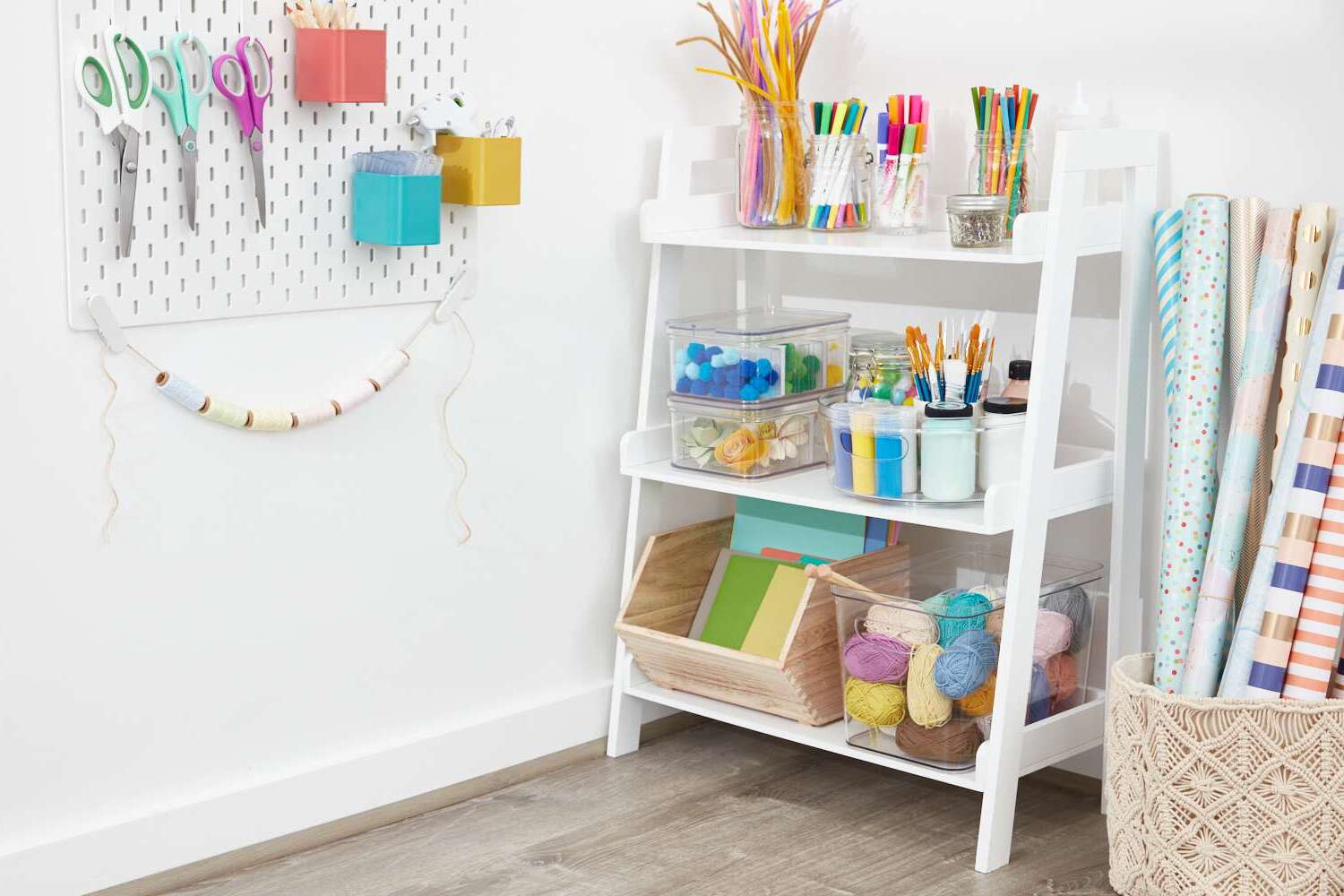

Ideas and Tips
How To Choose The Right Paint Colors For A Craft Room
Modified: October 19, 2024
Discover how to choose the perfect paint colors for your craft room to boost creativity and productivity. Get tips on color psychology, lighting, and more.
(Many of the links in this article redirect to a specific reviewed product. Your purchase of these products through affiliate links helps to generate commission for Storables.com, at no extra cost. Learn more)
Choosing the right paint colors for your craft room can be a game-changer. The colors you pick will set the mood, boost creativity, and even affect how you feel while working on your projects. So, how do you choose the perfect paint colors for your craft room? Let’s dive in.
Understanding Your Craft Room’s Purpose
First things first, think about what you’ll be doing in your craft room. Different activities need different vibes. For instance:
- Art Studio: If you’re planning to use your craft room as an art studio, you might want colors that inspire creativity and stimulate your imagination.
- Crafting Space: If it’s primarily for crafting (e.g., knitting, sewing, or woodworking), you might prefer more practical and easy-to-clean colors.
- Storage Room: If storage is a priority, you might opt for colors that make the space feel larger.
Knowing what you’ll be doing in the room helps narrow down your color options.
Assessing Natural Light
Natural light is a big deal when it comes to choosing paint colors. If your room gets a lot of natural light, you can go for darker or bolder colors. But if the room is dim, lighter shades will help reflect what little light there is.
- Daylight: If your craft room has plenty of daylight, consider using deeper, richer colors that might not be as effective in low-light conditions.
- Low Light: In rooms with limited natural light, opt for lighter shades to ensure visibility and comfort.
Considering Color Psychology
Colors can mess with your mood and productivity. Here’s a quick rundown of how different colors might affect your craft room:
- Reds and Oranges: These colors stimulate creativity and energy but can also be overwhelming if used extensively.
- Blues and Greens: These calming colors promote focus and serenity, making them ideal for tasks requiring concentration.
- Yellows and Whites: These brighten up spaces and enhance mood but may not be suitable for tasks requiring intense focus.
- Neutrals (Beige, Gray, White): These provide a clean backdrop that won’t distract from your work while allowing you to add pops of color through furniture or decor.
Evaluating Personal Preferences
At the end of the day, the choice of paint color should reflect your personal taste and style preferences:
- Classic Elegance: Neutral tones like beige or gray offer timeless elegance suitable for traditional crafts like quilting or embroidery.
- Modern Chic: Bold colors like navy blue or emerald green can create a modern chic look perfect for contemporary crafts like digital art or mixed media projects.
- Whimsical Fun: Brighter hues such as lavender or mint green can add a playful touch ideal for children’s crafts or DIY projects.
Practical Considerations
While looks are important, practicality should also be considered:
- Durability: Choose paints that are durable enough to withstand frequent use without fading quickly.
- Ease of Cleaning: Select colors that hide stains well since spills are inevitable in any craft room.
- Moisture Resistance: If you plan on working with water-based materials like painting or watercoloring, ensure your chosen paint is moisture-resistant.
Popular Paint Colors for Craft Rooms
Here are some popular paint colors that cater to different needs:
1. Soft Neutrals
- Sherwin-Williams’ “Comfort Gray”: A soothing gray that provides a clean backdrop without being too overwhelming.
- Benjamin Moore’s “Snowfall White”: A gentle white that adds brightness without being too harsh.
2. Calming Blues
- Behr’s “Soft Chamois”: A soft blue-green hue that promotes relaxation and focus.
- Valspar’s “Driftwood Gray-Blue”: A calming shade that blends well with natural elements like wood accents.
3. Energizing Reds
- Farrow & Ball’s “Studio Red”: A deep red that stimulates creativity without being overwhelming.
- Dunn-Edwards’ “Crimson”: A vibrant red that adds energy but may require balancing with neutral tones.
4. Earthy Tones
- Valspar’s “Warm Sand”: An earthy beige that complements natural materials like wood or stone.
- Benjamin Moore’s “Sand Dune”: A warm beige that creates a cozy atmosphere perfect for traditional crafts.
Tips for Selecting Paint Samples
To make sure you pick the right color, it’s crucial to test out different paint samples before committing to a specific color:
- Get Multiple Samples: Obtain samples of at least three different colors to compare side-by-side.
- Apply Samples Correctly: Apply samples in small areas where they won’t be easily noticeable but still representative of how they’ll look when painted over larger areas.
- Observe at Different Times: Observe how the colors appear at different times of day and under various lighting conditions.
- Consider Adjacent Colors: Think about how adjacent colors (like furniture or decor) will interact with your chosen wall color.
DIY Tips for Painting Your Craft Room
Painting your craft room can be a fun DIY project if done correctly:
- Prepare Your Space: Clear out all furniture and cover floors with drop cloths or old sheets to protect them from paint spills.
- Prime Your Walls: If you’re using a dark color over light-colored walls or vice versa, prime first to ensure better coverage and adhesion.
- Use High-Quality Brushes/Rollers: Invest in good-quality brushes/rollers for smooth application and even coverage.
- Work in Sections: Divide your walls into sections so you can maintain even coverage without getting overwhelmed by large areas at once.
Conclusion
Choosing the right paint colors for your craft room involves considering several factors including natural light availability, color psychology, personal preferences, practical considerations like durability and ease of cleaning, as well as popular color options available on the market today. By following these guidelines carefully while also taking advantage of tips provided here regarding selecting samples & executing DIY projects effectively – you’ll end up creating an inspiring yet functional space tailored specifically towards enhancing creativity & productivity within its walls.
Was this page helpful?
At Storables.com, we guarantee accurate and reliable information. Our content, validated by Expert Board Contributors, is crafted following stringent Editorial Policies. We're committed to providing you with well-researched, expert-backed insights for all your informational needs.
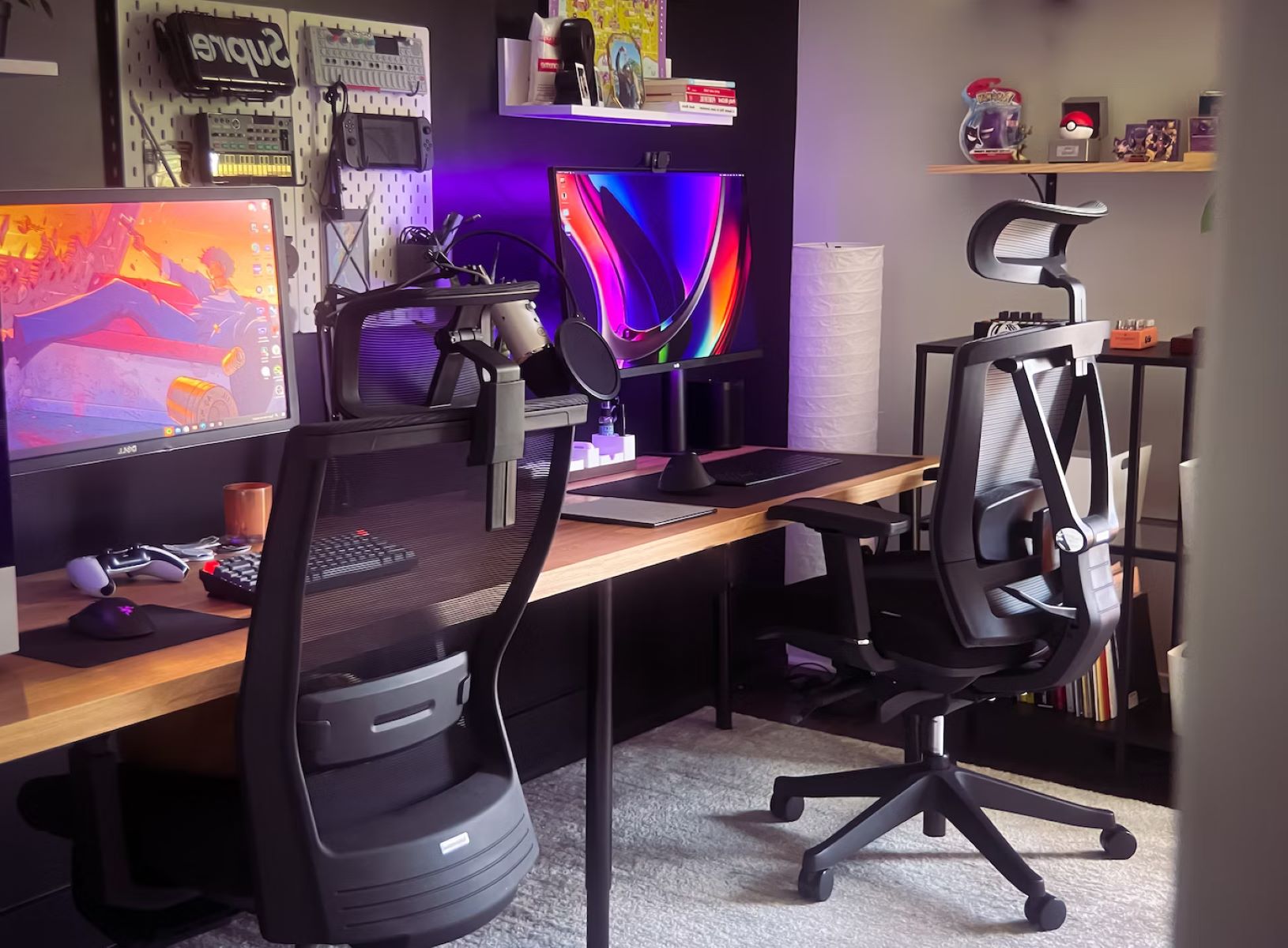
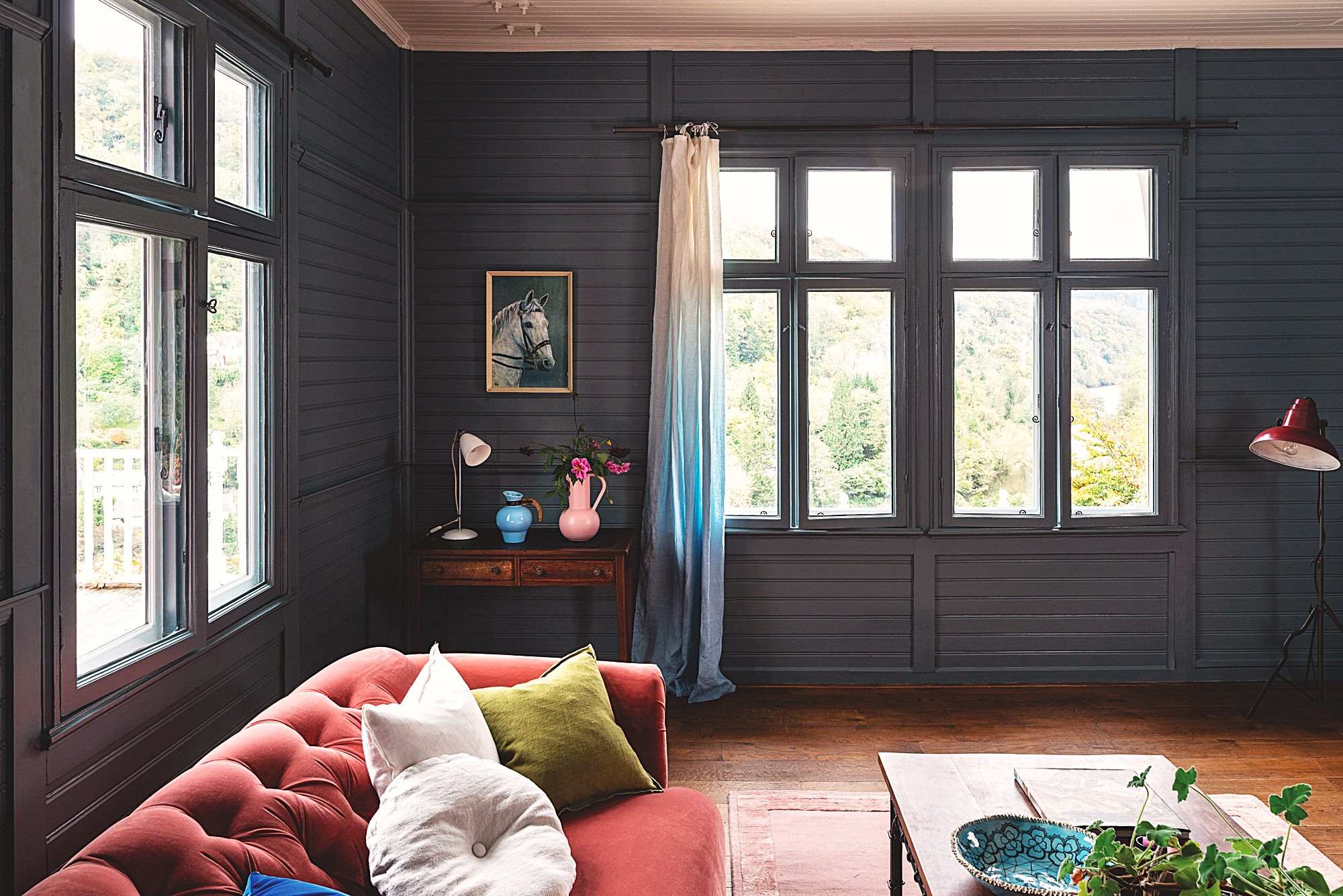
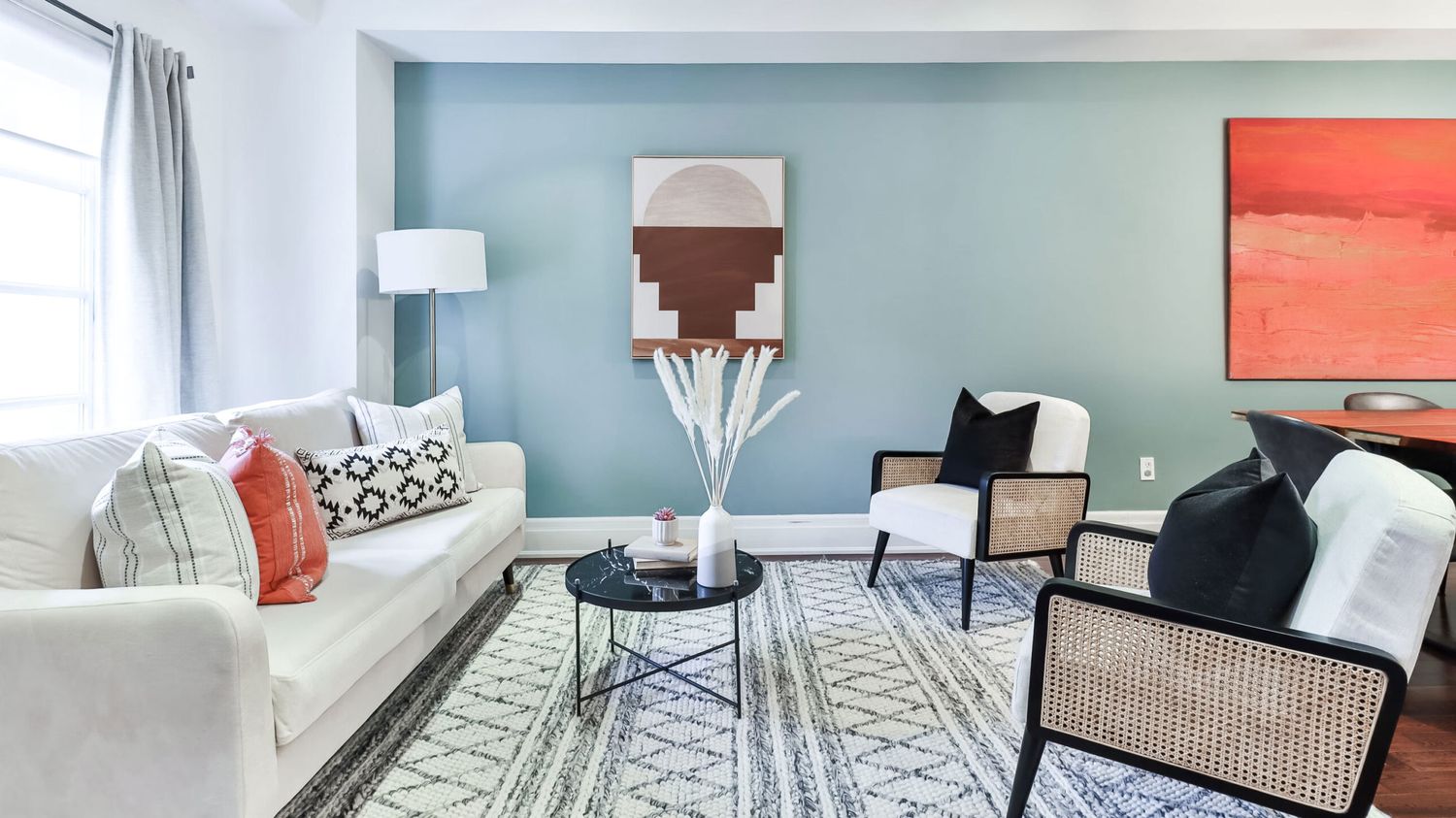
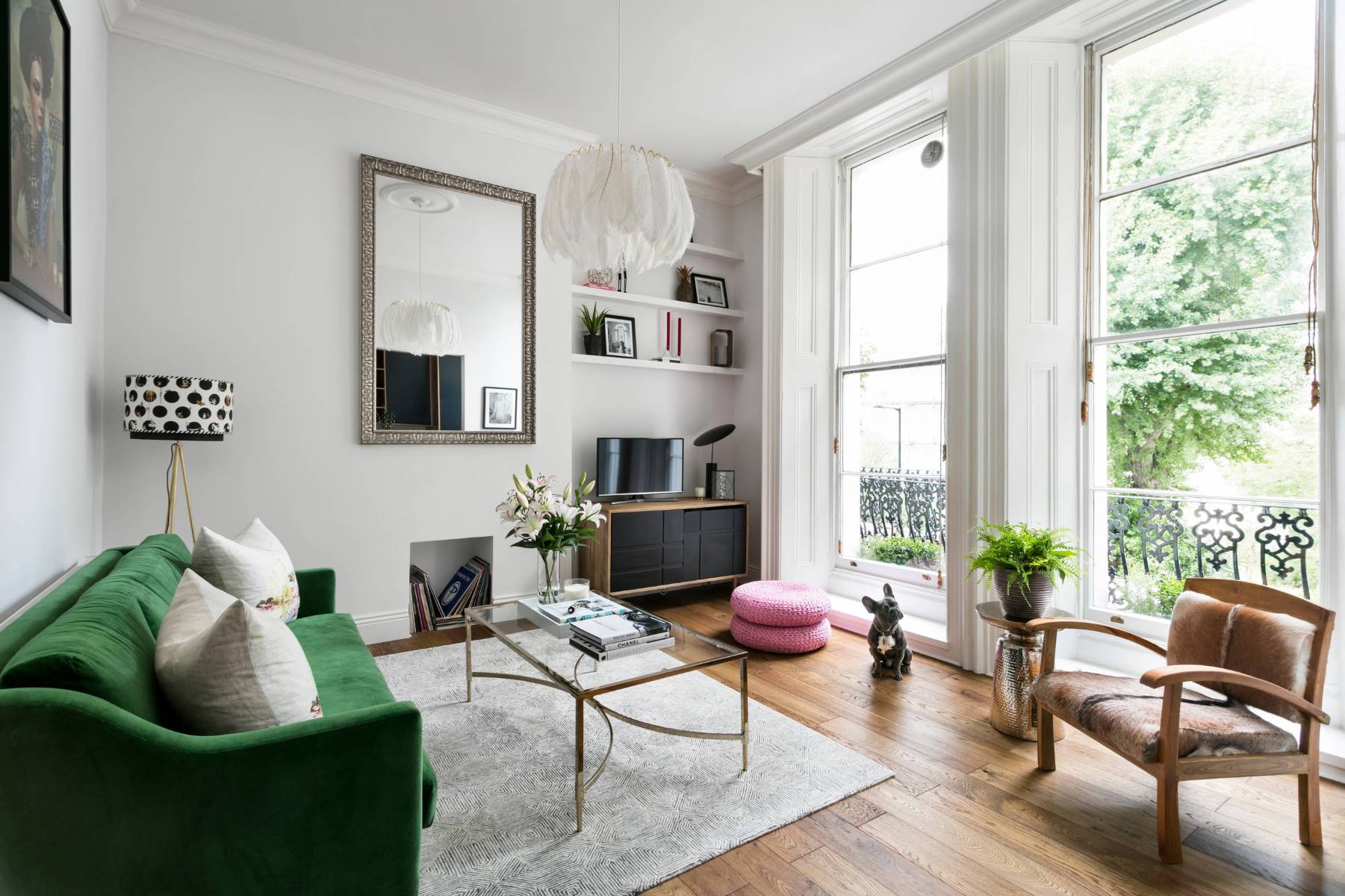
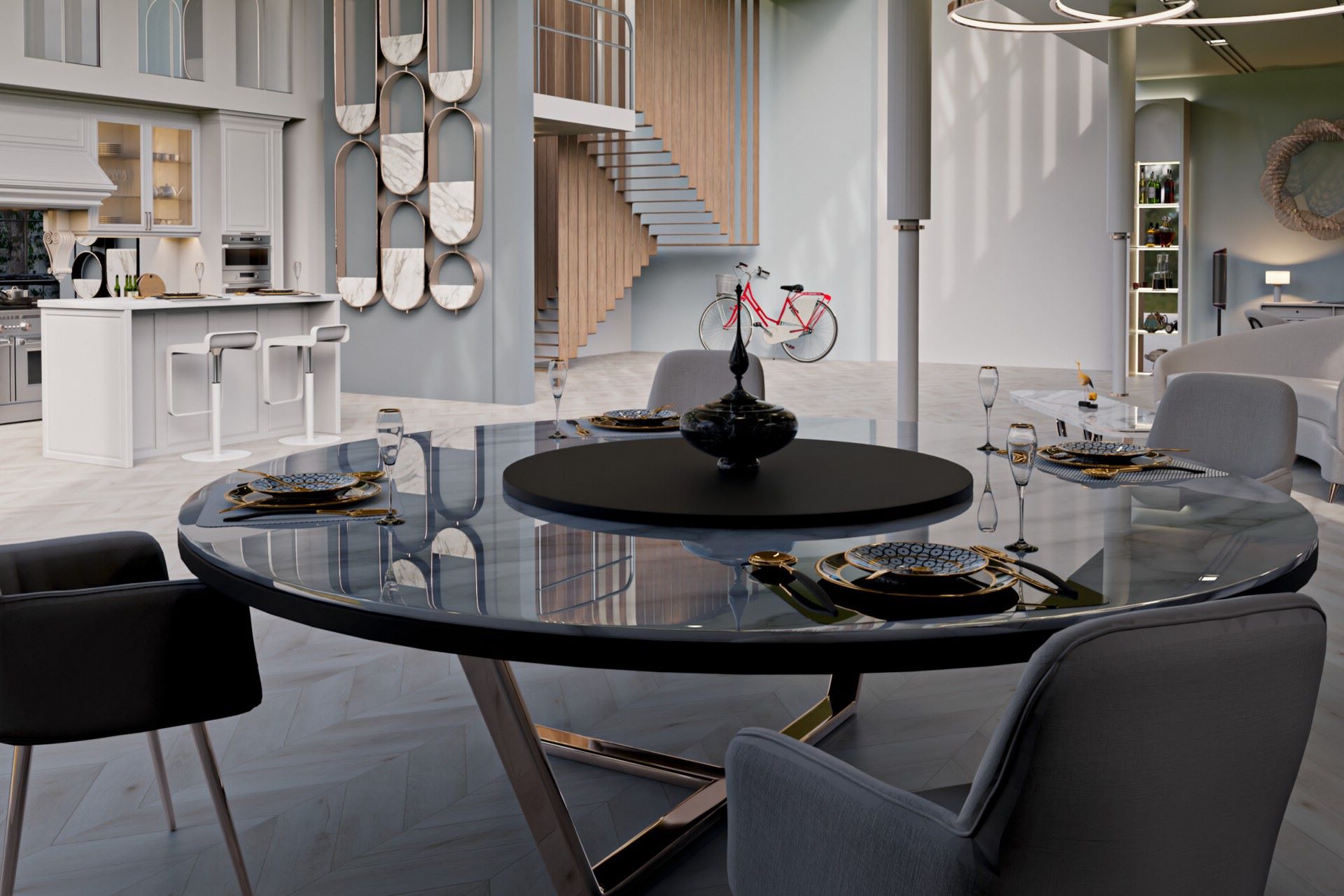
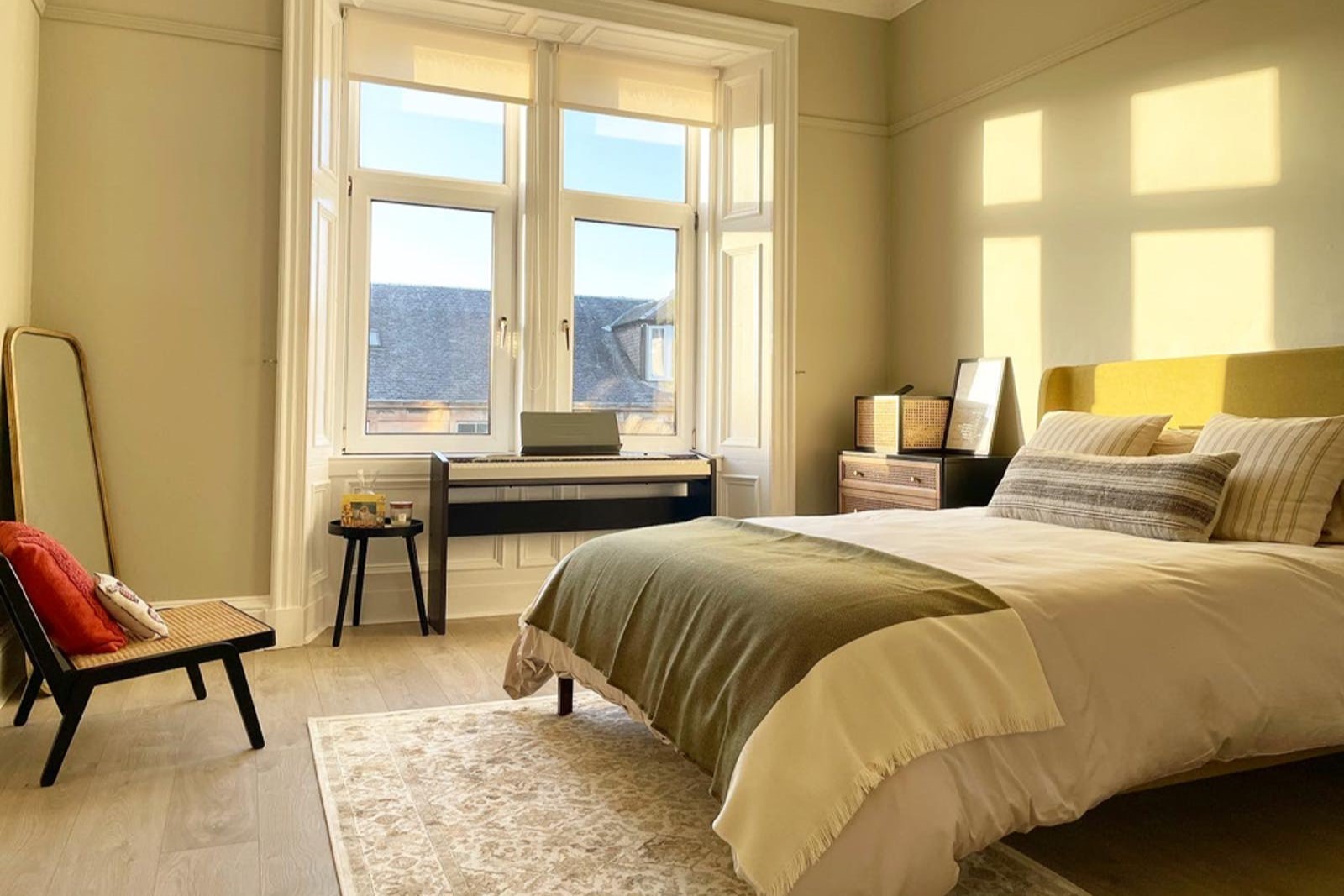
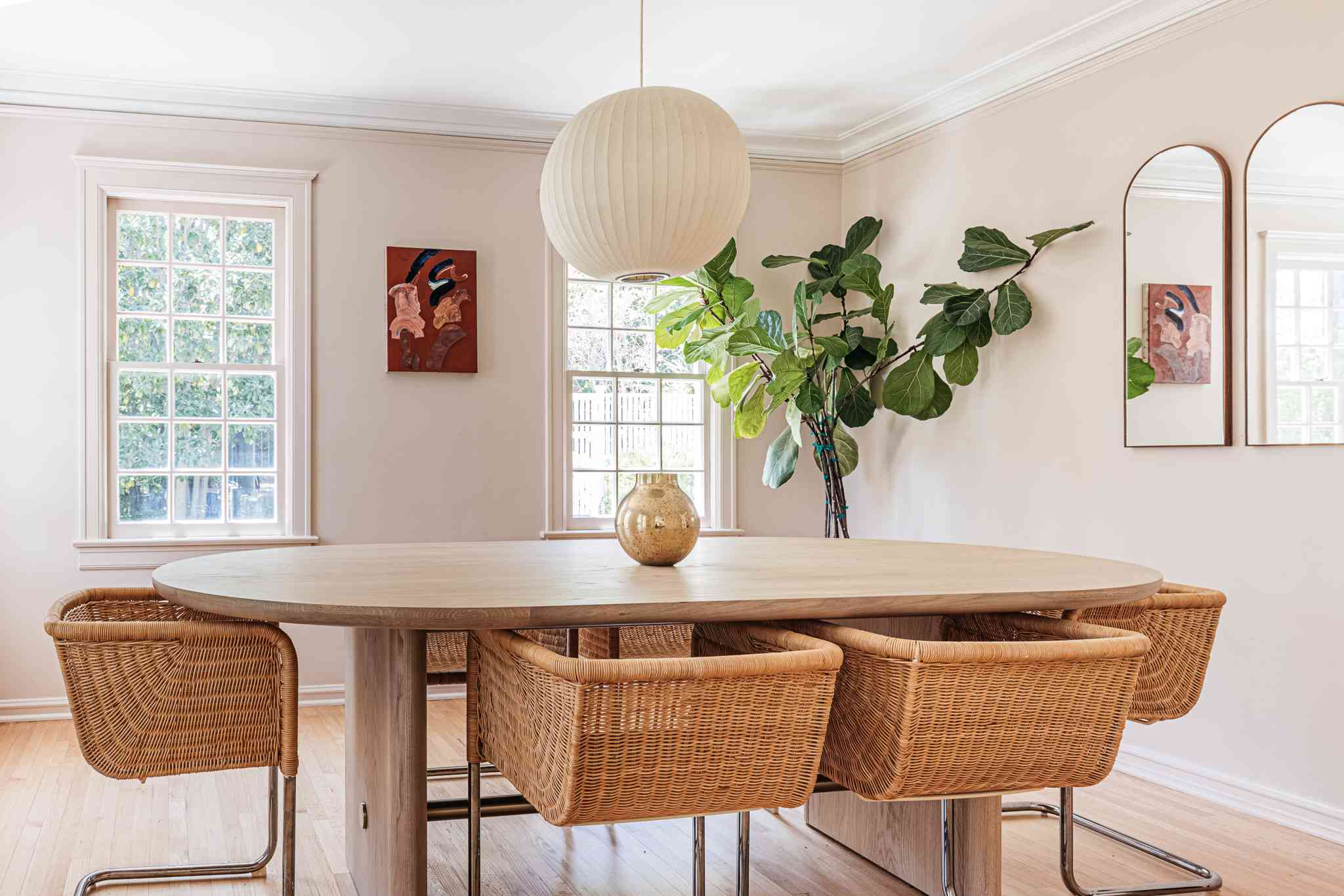
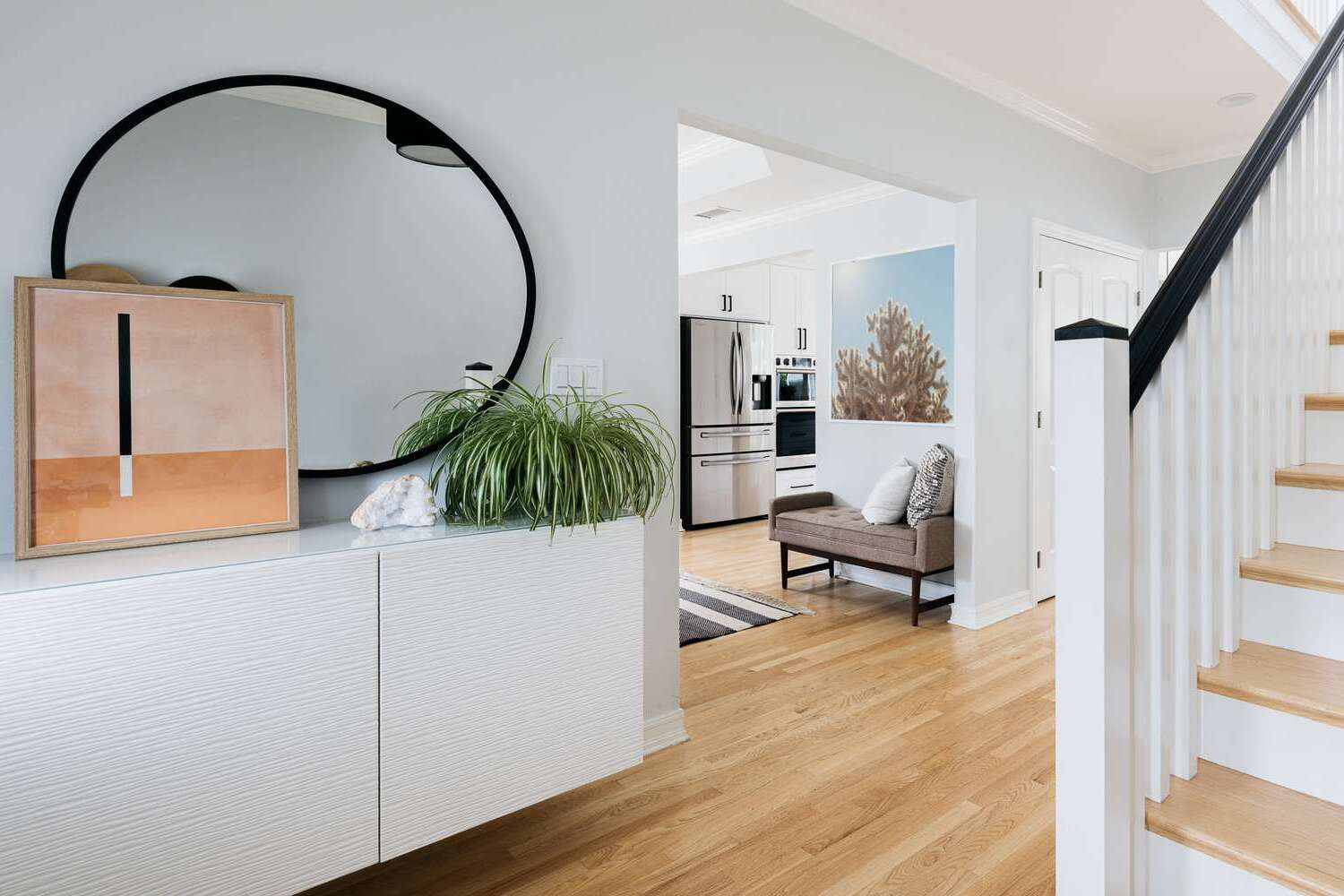
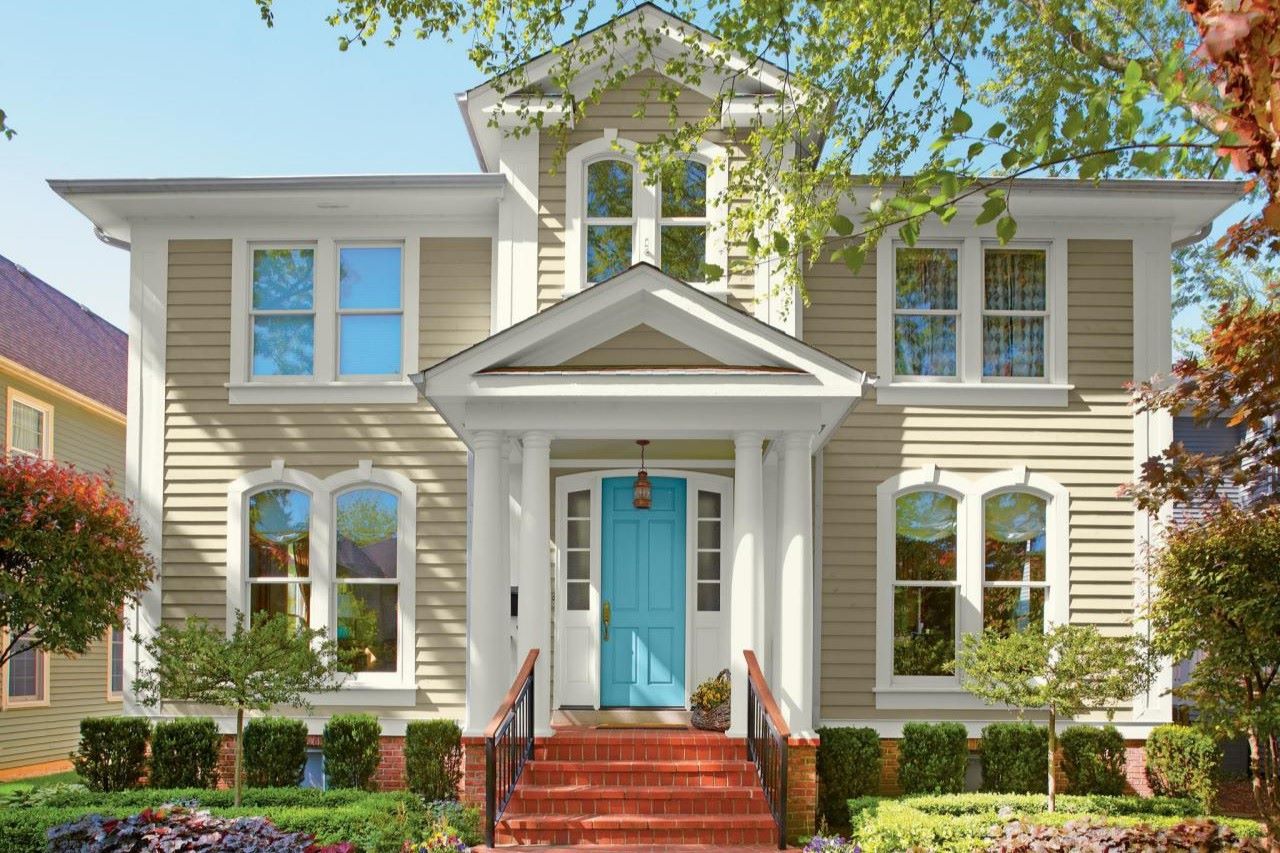
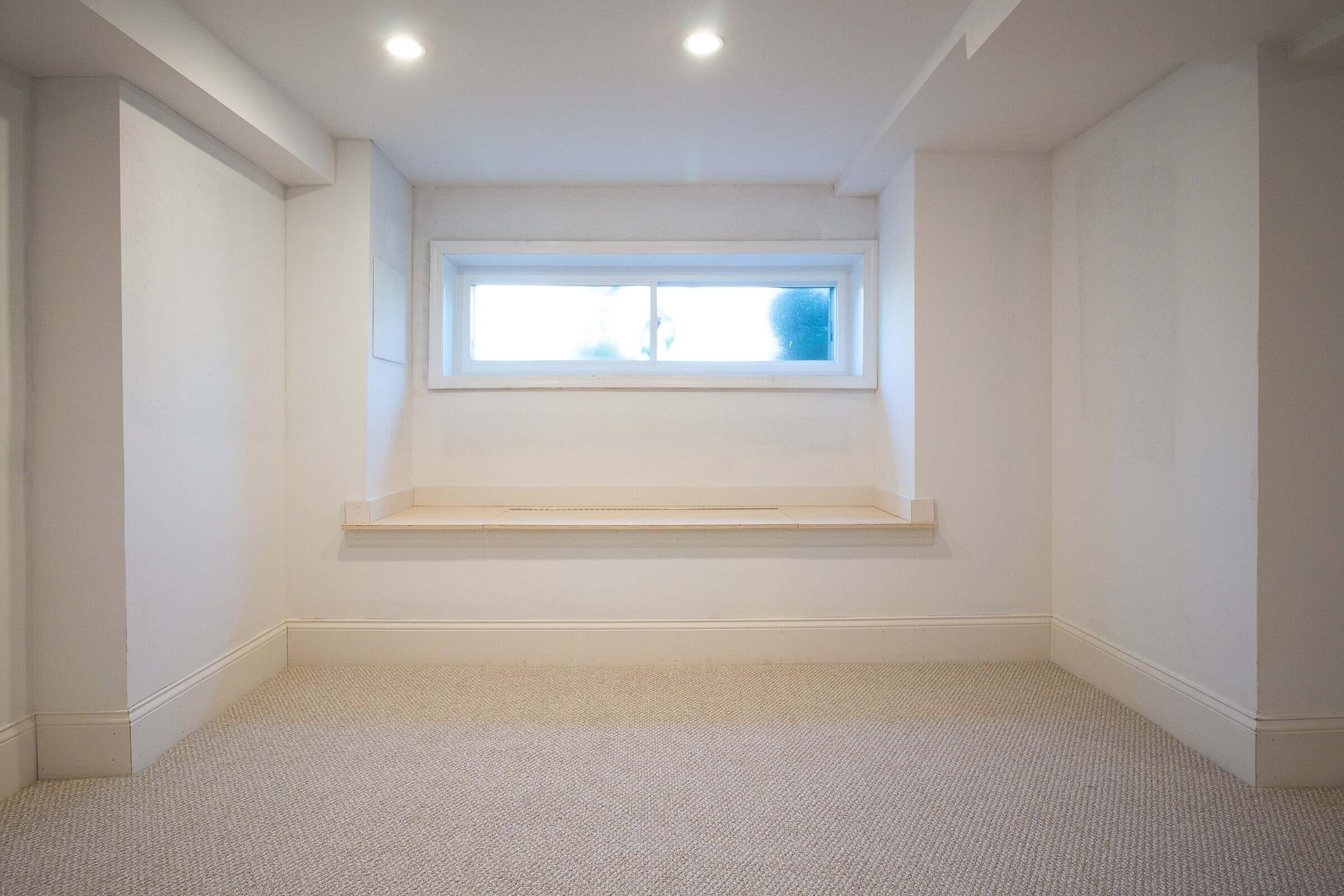
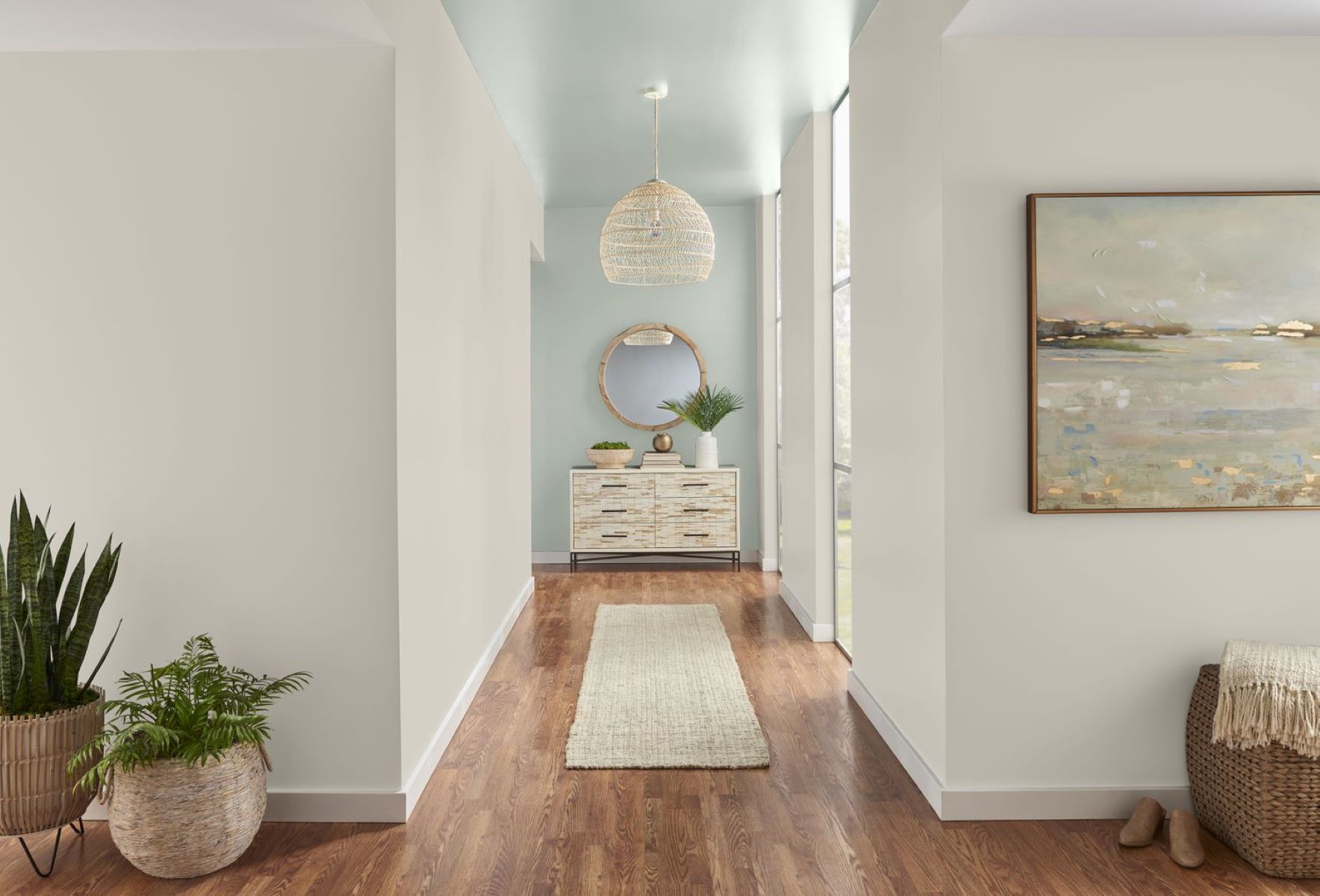
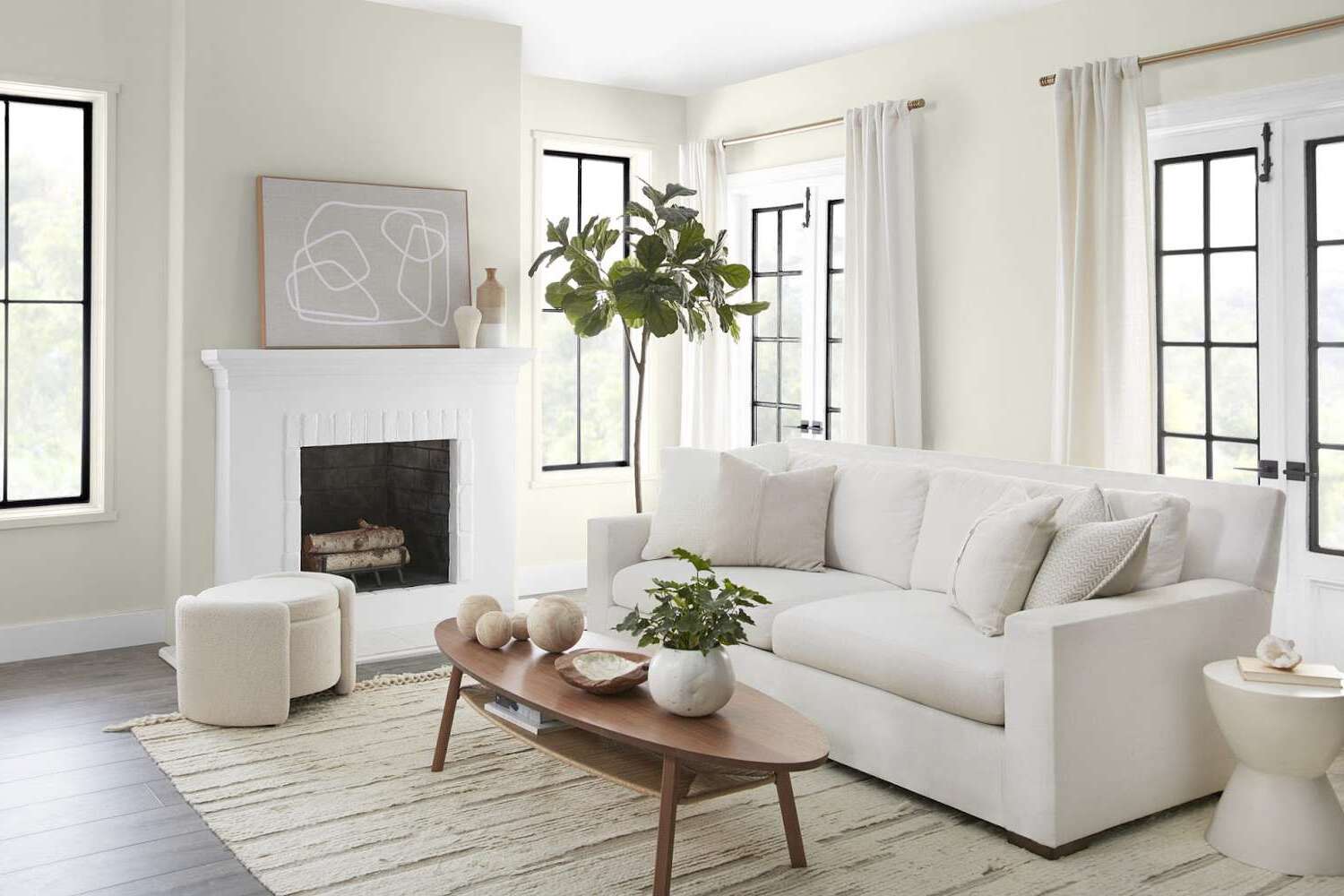
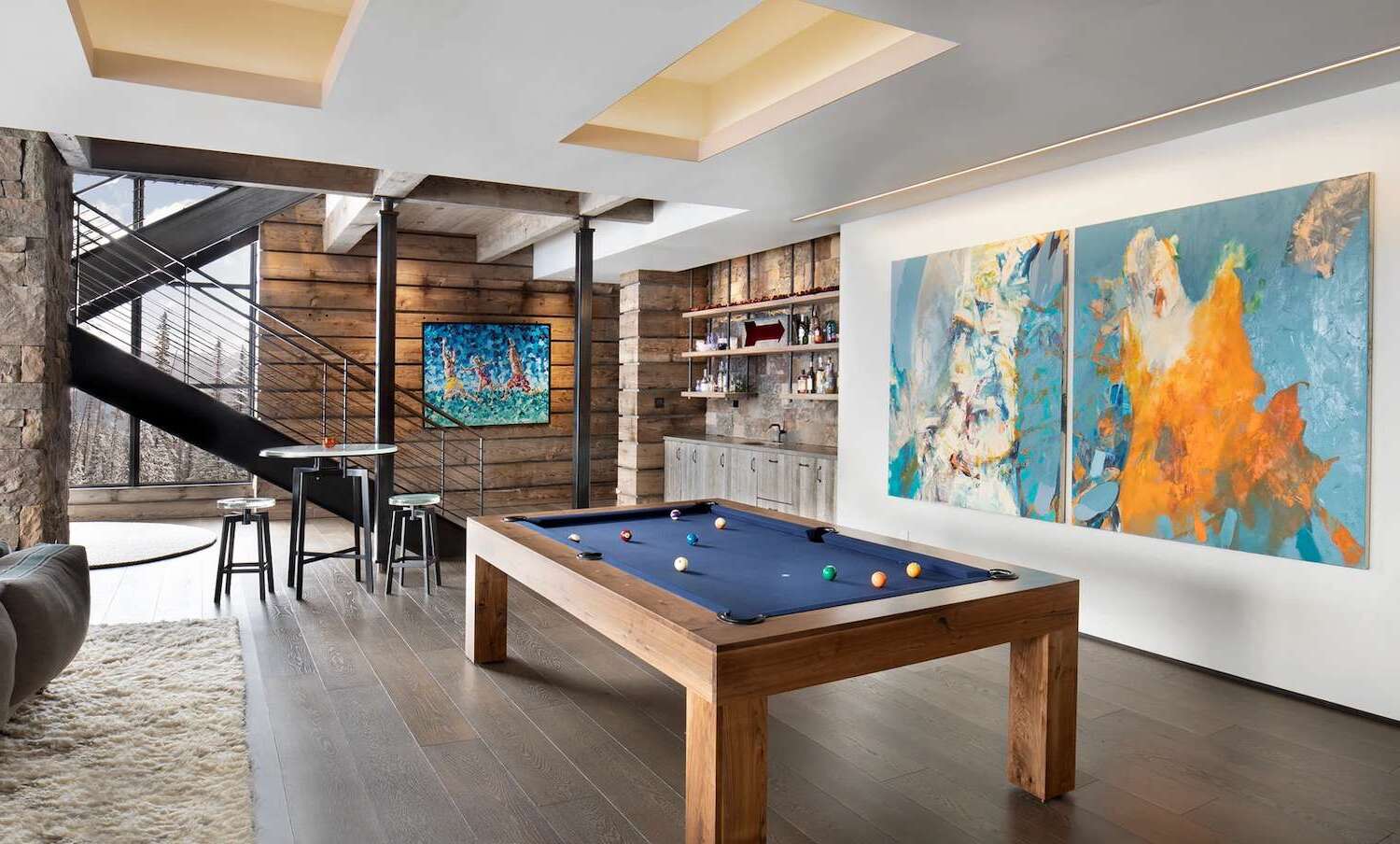
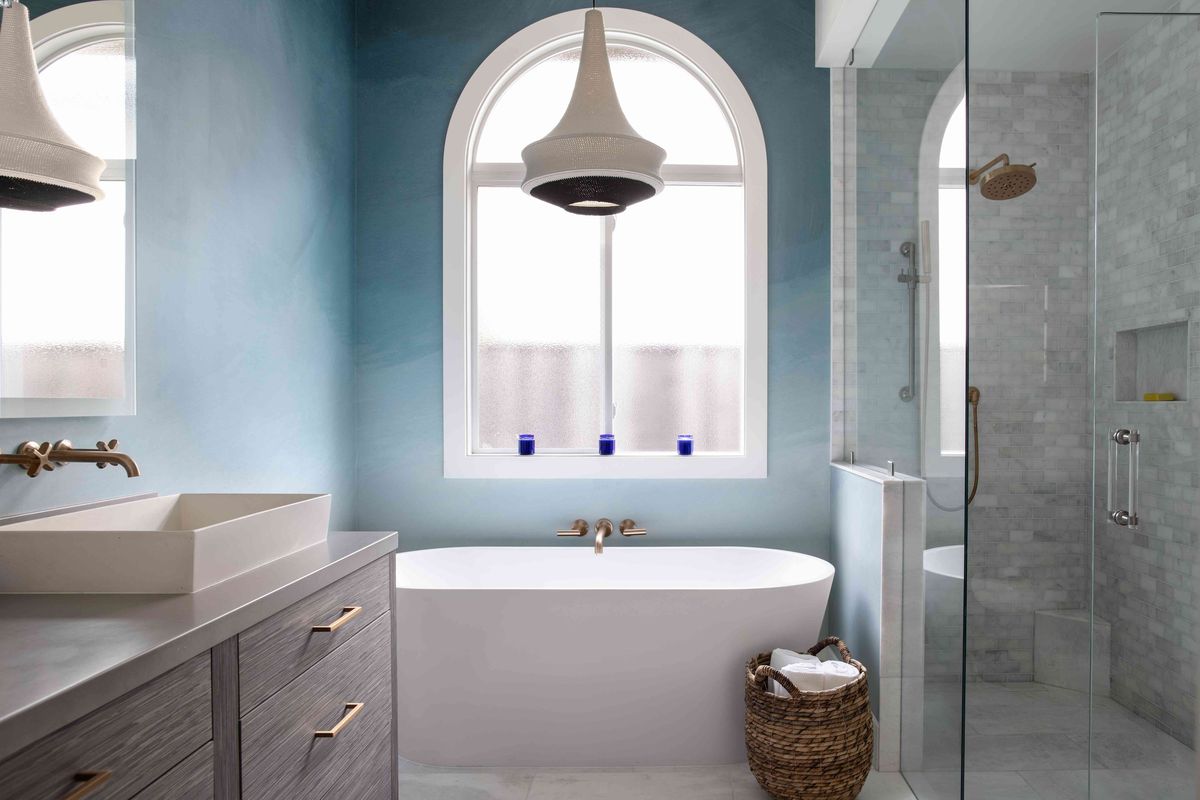

0 thoughts on “How To Choose The Right Paint Colors For A Craft Room”